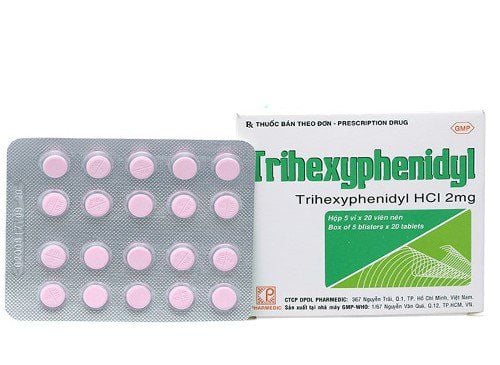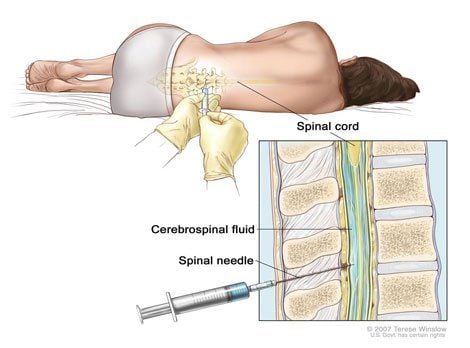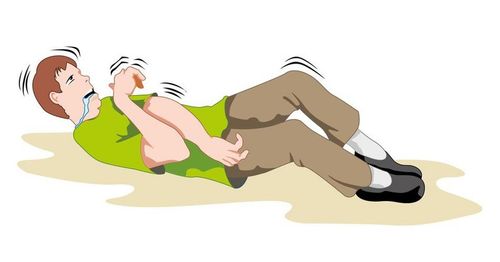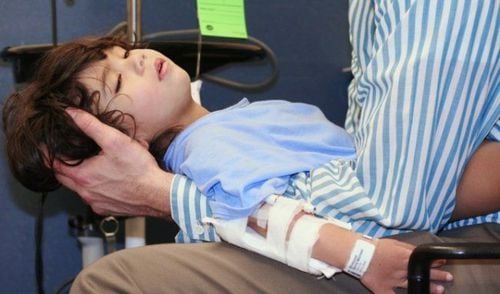This is an automatically translated article.
Central nervous system infection with tapeworm larvae is caused by an unsanitary diet, not following the principle of "eat cooked, drink hot". So what are the common symptoms of the disease as well as the method of diagnosis and treatment of the disease?
1. What is central nervous system infection?
What disease is tapeworm larvae? Neurocysticercosis (also known as Neurocysticercosis) is the most common parasitic disease of the nervous system. It is also one of the main causes of epilepsy in developing countries.
Patients can become infected with tapeworm larvae of the central nervous system through fecal-oral contact with carriers or accidentally ingesting contaminated food. According to statistics, there are many cases of patients with tapeworm disease caused by swallowing tapeworm eggs into the intestines.

Nhiễm ấu trùng sán dải heo do ăn phải thức ăn ô nhiễm
When eating pork contaminated with tapeworms and undercooked, the cysts will penetrate inside the small intestine. Through attachments and hooks, they attach to the intestinal wall and develop a fluke body with many segments, one tapeworm can contain up to 60,000 eggs.
After hatching, the larva will pass through the intestinal wall and enter the bloodstream and other tissues in the body to find a place to create cysts. Normally, most larvae are found in the central nervous system. However, sometimes larvae can also reside in tissues, muscles, under the skin or in the eye socket.
2. Common symptoms when infected with tapeworm larvae
Depending on the cyst location and the number of larval cysts, the clinical symptoms in people infected with tapeworm larvae have certain differences.
Clinical symptoms can be encountered in patients such as:
Larvae in the brain: functional manifestations may vary depending on the location of the larvae, such as slurred speech, epilepsy, increased internal pressure skull (severe headache) or confusion. Larvae in the eye: cause cysts in the orbit, eyelids or conjunctiva. Symptoms may appear such as glaucoma, lacrimation, decreased vision, double vision, posterior compression of the eyeball,... Larvae in skeletal muscle: cysts may appear under the skin with sizes ranging from 0.5 – 2cm and move easily, not causing itching; Cysts in the intercostal muscles, back, chest or muscles of arms and legs can lead to chronic headaches, muscle twitches,... Larvae in the myocardium: heart sound changes, heart beats quickly making it difficult for the patient to breathe and easily faint,...

Ấu trùng sán tại cơ tim có thể khiến người bệnh ngất xỉu
3. Diagnosis of central nervous system infection with tapeworm larvae
To accurately diagnose central nervous system fluke larvae, the patient may be assigned to conduct one or more of the following techniques:
Biopsy of the cysts under the skin to find the larvae of the tapeworm. . Find specific images of cysts through computed tomography (CT Scanner) and possibly combined with magnetic resonance imaging (MRI) to get a clearer picture. CSF ELISA method helps to detect antibodies and antigens of tapeworm larvae (specificity 65% and sensitivity 50%). Patients with new-onset seizures or neurological deficits may be offered CSF testing. In case of glaucoma, pain behind the eyeball, vision loss should be ophthalmoscopy to check for flukes in the orbit or not. Some other tests such as: stool test (10-15% of patients with the disease have tapeworm in the stool), complete blood count (check for eosinophils).
4. Treatment of central nervous system infection with tapeworm larvae
Infection with tapeworm larvae in the central nervous system needs to be diagnosed early and treated promptly when faeces containing tapeworms are detected to minimize possible complications.
Xử trí bệnh nhiễm ấu trùng sán dải heo hệ thần kinh trung ương bằng thuốc
Depending on the stage of larval progression, there are different ways to treat CNS larval infections.
For cases of dead parasites: mainly symptomatic treatment combined with the use of anticonvulsants to treat epilepsy. For live parasites: patients may be prescribed steroid courses with drugs such as albendazole, praziquantel and niclosamide. In addition, the cases of hydrocephalus, obstruction due to arachnoiditis or subarachnoid mineralization and the presence of many cysts in the brainstem will be considered and surgical intervention indicated as soon as possible.
5. Measures to prevent infection with tapeworm larvae
To be able to prevent infection with tapeworm larvae of the central nervous system most effectively, you should:
Do not eat undercooked foods including pork, pork liver, spring rolls, hearing, ... Do not drink cold water or eat raw vegetables. Good manure management, always ensure hygienic use of latrines. Pigs should not be kept free to avoid the case of pigs ingesting human feces infected with tapeworm larvae. Early detection and treatment of tapeworm infections, especially attention should be paid to handling the flukes that have been removed. Patients with suspected symptoms of infection should immediately go to reputable medical facilities for timely detection and diagnosis. To register for examination and treatment at Vinmec International General Hospital, you can contact the nationwide Vinmec Health System Hotline, or register online HERE.













